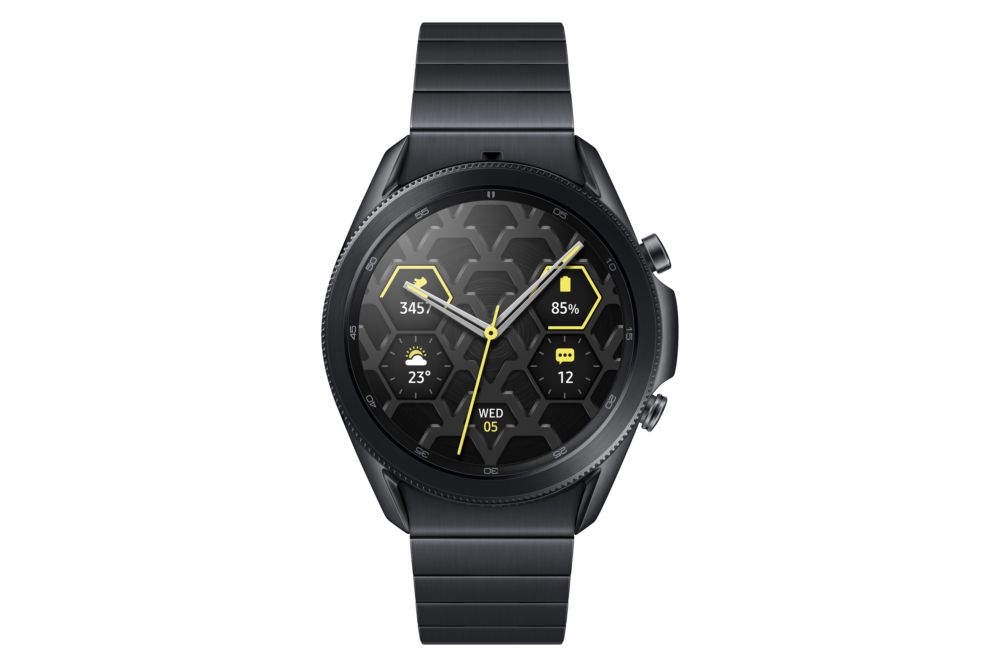Google recently started sending out media invites for its upcoming Pixel 5 launch event. In the invite, the company revealed that it would showcase the Pixel 4a 5G and the Pixel 5 at the event, along with a new Chromecast device and a smart speaker. While the company is yet to unveil any details about the upcoming devices, we’ve already seen plenty of leaks in the last couple of weeks that have given us a good look at all the devices and their specifications. Just a few days ago, we saw an extensive leak of the new Google Chromecast and Nest Audio smart speaker which revealed almost everything about their design and hardware. Now, just a week ahead of the launch, retail packaging of the devices have been spotted online, revealing even more information.
A retail listing of the upcoming Google Nest Audio smart speaker (AKA Google J2) has popped up on Lowe’s. The listing includes several images of the speaker along with a few key specifications. As per the listing, the Nest Audio smart speaker will measure in at 6.89 x 4.88 x 3.07 inches and it will weigh 2.64lbs, which puts it somewhere between the Nest Mini and the original Google Home.





The smart speaker still features a fabric cover like the older models and has a few LED indicators underneath the fabric to indicate when Google Assistant has been activated. The speaker also looks to have a mute switch on the back.
Looks like walmart jumped the gun on the unreleased speaker from google. @Google @Walmart @madebygoogle #NestAudio #GoogleNest #Leak #HeyGoogle @MKBHD pic.twitter.com/aUrExg0Cwx
— Marcos Frausto (@SweetDaddy69) September 24, 2020
Twitter user Marcos Frausto has also shared an image of the retail packaging of the Google Nest Audio smart speaker, which was spotted at a Walmart outlet. While the retail packaging doesn’t list the price of the speaker, previous leaks suggest that it could retail for around €100.
Furthermore, a video showing off the retail packaging of the new Chromecast device was recently shared on Reddit by u/jsterninja. The packaging confirms that Google will be rebranding Android TV as Google TV with the new Chromecast device. It also shows the remote we saw in previous leaks, which features a dedicated Google Assistant button, a D-Pad, a YouTube button, a Netflix button, and more.
In the comments, the Redditor has revealed that the Chromecast device has a USB Type-C port (likely for power) and more details about the remote. As per the information on the box, the remote will be called ‘Google Chromecast Voice Remote’ and it will take 2 AAA batteries. As with the smart speaker, the Chromecast box doesn’t mention any pricing information. However, previous leaks suggest that it will retail for around $49.
Source: Lowe’s, Reddit, Twitter
Via: Twitter
The post Google Nest Audio and Chromecast with Google TV retail leaks reveal even more details before next week’s launch appeared first on xda-developers.
from xda-developers https://ift.tt/3045nUE
via IFTTT









